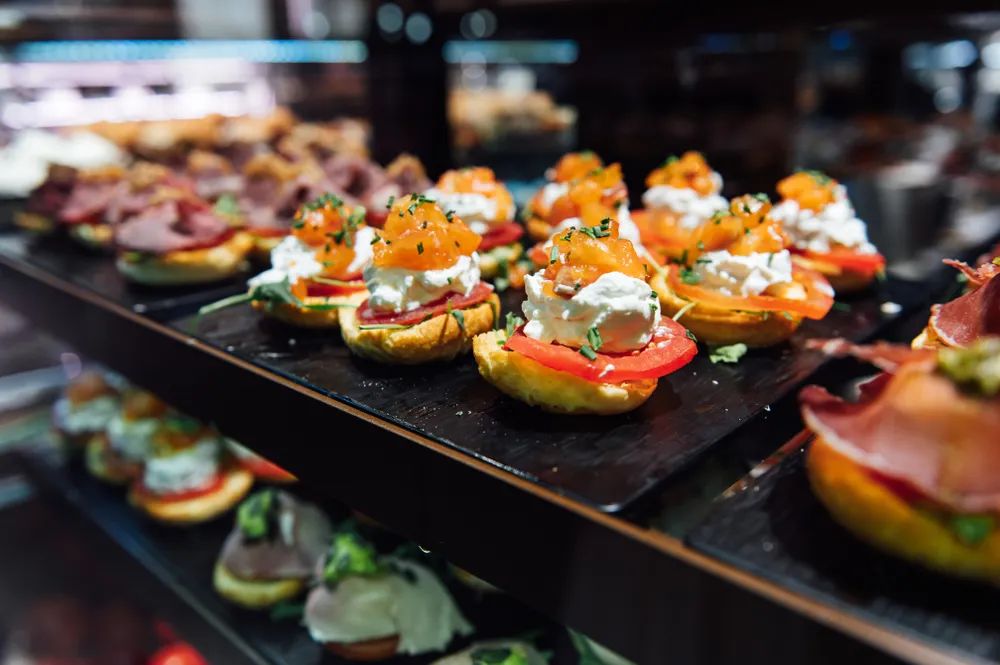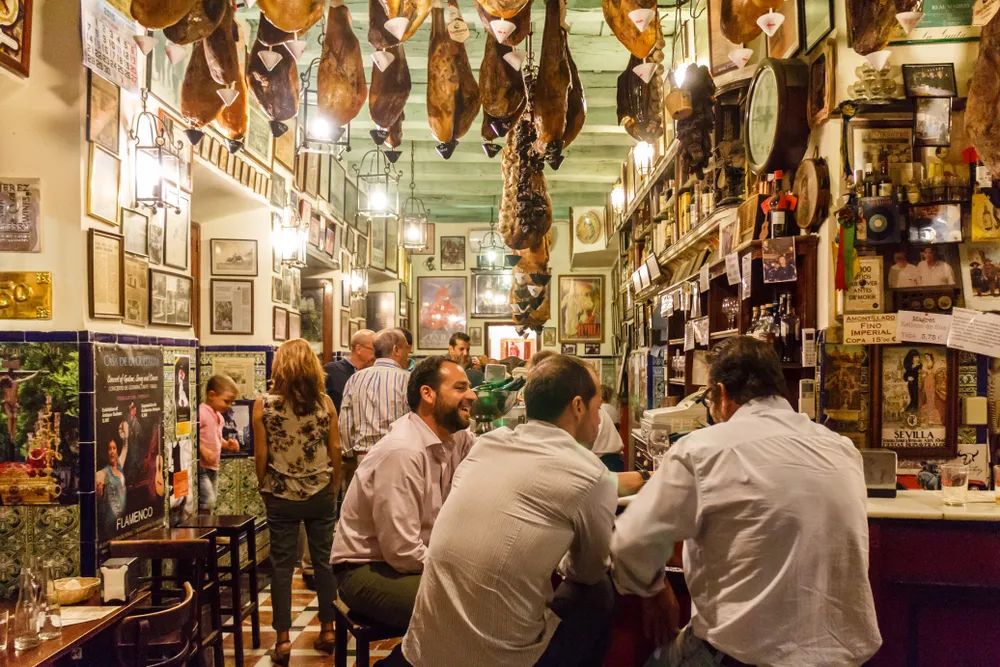Tapas: Spain’s Bite-Sized Culinary Treasure That Deserves Its Own Festival
When a country dedicates a national holiday to a type of food, you know it’s more than just a snack—it’s a way of life. In Spain, that food is tapas.
Part 1:
Tapas – Not a Dish, But a Culture
Ask ten Spaniards what tapas are, and you might get ten different answers. That’s because tapas isn’t one dish—it’s a style of eating. The word tapa literally means “lid” or “cover” in Spanish. One origin story says a bartender placed a slice of ham over a king’s wine glass to keep the dust out, and the king loved it. From then on, food and drink became inseparable.
What started as a practical gesture has grown into a vibrant food tradition. Tapas can be hot or cold, meat or vegetarian, traditional or innovative. They range from simple olives or cheese to elaborate mini-dishes like seafood paella or gourmet croquettes.
In northern Spain, you’ll find pinchos—bite-sized skewers displayed on bar counters. In the south, like Andalusia, tapas come in generous portions on small plates. Barcelona offers a mix of tradition and modern flair, blending tapas with molecular gastronomy.
No matter where you go, tapas is not just food—it’s a social experience. Spaniards gather with friends, hopping from bar to bar in what's called a Ruta de Tapas (Tapas Route), savoring food, sipping wine, and chatting for hours.
Part 2:
The Must-Try Tapas You’ll Find Everywhere
While tapas vary wildly, certain classics are beloved across Spain. Here are the “greatest hits”:
- Jamón Ibérico – The king of Spanish ham. Thin, marbled slices from free-range acorn-fed pigs. Expensive, yes—but worth every bite.
- Chorizo – A spicy red sausage packed with paprika and garlic. Eat it sliced, grilled, or cooked into stews.
- Queso Manchego – A sheep’s milk cheese from La Mancha, nutty and creamy with saffron notes.
- Aceitunas (Olives) – Marinated in herbs and garlic. Every good tapas bar offers them.
- Tortilla Española – A thick potato and onion omelette. Every Spaniard swears their mom makes the best one.
- Patatas Bravas – Fried potato cubes with spicy tomato sauce or garlic aioli. Spain’s ultimate comfort food.
- Boquerones en Vinagre – Anchovies cured in vinegar and garlic. Light, tangy, and addictive.
- Pulpo a la Gallega – Tender octopus over potato slices, seasoned with olive oil and paprika. A Galician specialty.
- Croquetas – Creamy béchamel fritters, often stuffed with ham or cod. Crispy outside, soft inside.
- Mini Paella – Yes, even Spain’s national rice dish can be served as a tapa in small portions.
Part 3:
How to Eat Tapas Like a Local
Back in the day, many bars offered free tapas with every drink—a tradition that survives in places like Granada and Salamanca. Order a beer or wine, and a surprise snack appears. It’s the Spanish version of a happy meal.
In larger cities like Madrid or Barcelona, tapas are usually ordered a la carte. But the experience remains communal: people stand at the bar, pass around plates, and share everything. The idea is simple—small portions, lots of flavors, good conversation.
Want to try many types in one spot? Head to a food market. Historic venues like Mercado de San Miguel (Madrid) or La Boqueria (Barcelona) are now gourmet halls full of tapas stalls. You can sample everything from seafood to sweets without walking more than a few steps.
Part 4:
Tapas Trails and Tapas Day
Spaniards are so passionate about tapas that they host annual food festivals called Ruta de Tapas in nearly every city. Restaurants compete to offer their most creative or traditional tapa, often paired with a drink for just €3–€4. You eat, vote, and repeat.
And to top it off, Spain officially declared the third Thursday of June as World Tapas Day. Bars around the globe now celebrate with special menus and events. From New York to Tokyo, food lovers unite over small plates packed with big flavors.
Final Bite
Tapas is not just what Spain eats—it’s how Spain lives. It’s about slowing down, savoring variety, and sharing good times with friends. Whether you're enjoying a quick bite in a hidden alley bar or exploring a gourmet tapas market, remember this: happiness in Spain often comes in small portions.
So next time you're in Spain—or at a Spanish restaurant anywhere in the world—skip the entrée. Order a drink. Pick a few small plates. And let tapas take you on a journey.
Categories: travel




